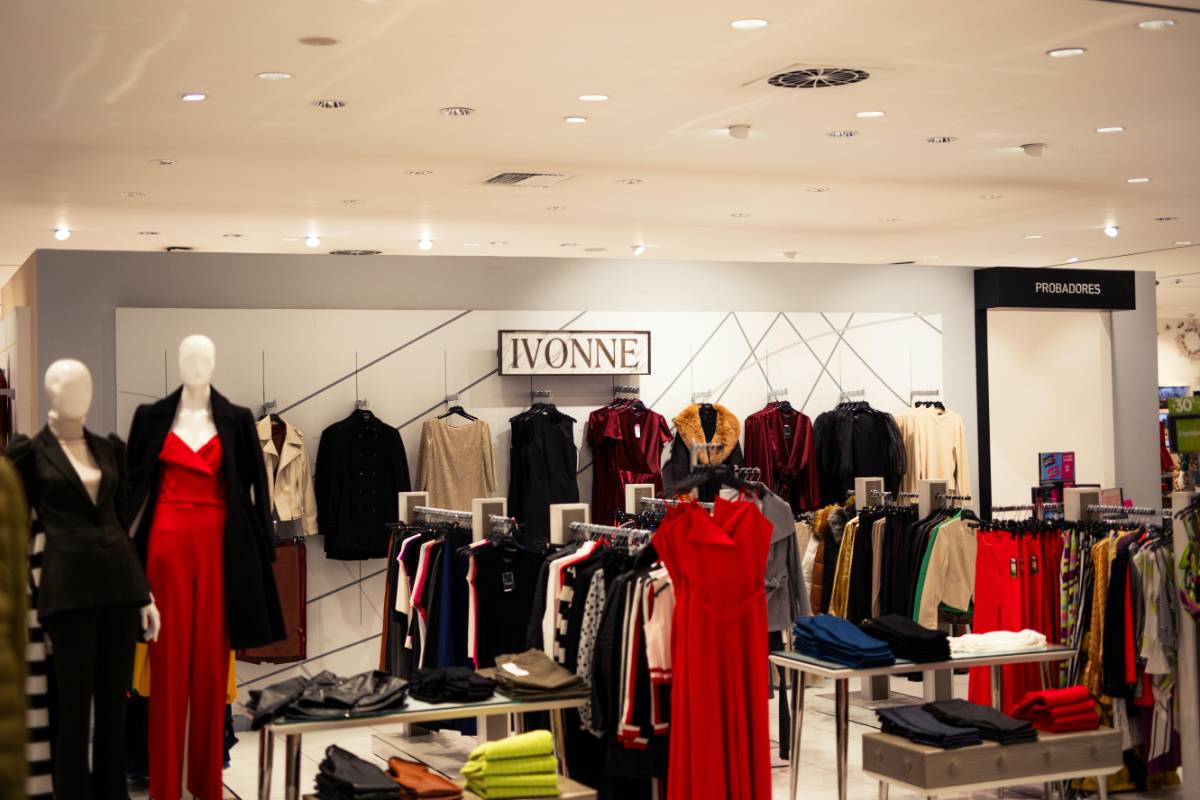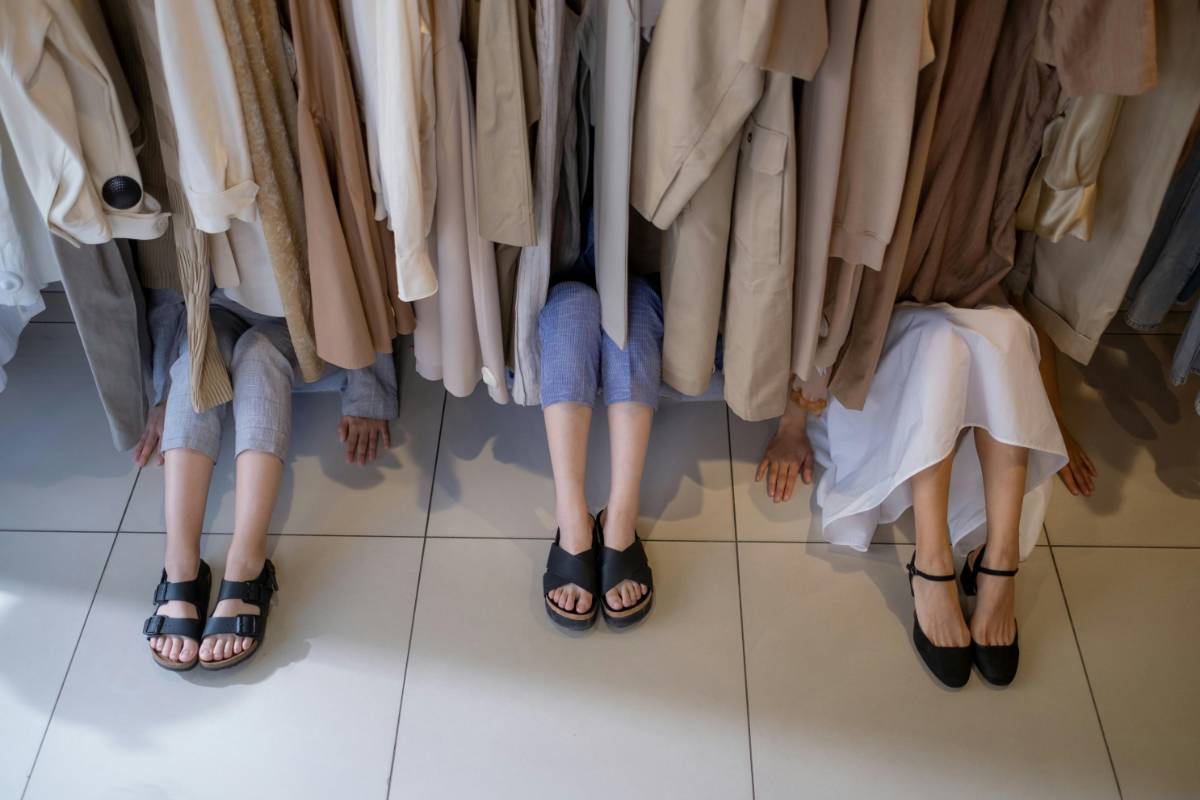
In a retail world driven by algorithms and automation, the personal shopper is making a refined comeback—especially in high-end boutiques. These style professionals offer curated guidance, human connection, and insider access, bringing back the elegance of tailored shopping experiences.
1. A Human Touch in a Digital AgeWhile AI tools and virtual assistants are useful, nothing replaces the nuance and intuition of a personal shopper. Boutique clients crave someone who understands not just their measurements—but their moods, aspirations, and evolving style narratives.
2. Deep Brand KnowledgePersonal shoppers are often brand insiders who know every piece of the collection—its fit, fabric, and story. This expertise allows them to guide clients through seasonal lines with confidence, ensuring each choice aligns with the shopper’s identity and needs.
For many high-end clients, time is the ultimate luxury. Personal shoppers pre-select items based on preferences, minimizing browsing and maximizing satisfaction. They create capsule wardrobes, prep outfits for events, and manage wardrobe transitions with precision.
💡 Discover More from Boutique
Exclusive boutiques now offer VIP styling lounges, private fitting rooms, and personalized refreshments. The personal shopper becomes both a stylist and a host—curating not just clothes but an environment of ease, elegance, and exclusivity.
5. Relationship-Driven ServiceUnlike one-off online purchases, personal shopping is built on long-term relationships. These professionals remember past purchases, lifestyle updates, and evolving tastes—building trust that transforms clients into loyal brand ambassadors.
6. Access to Limited and Pre-Launch CollectionsPersonal shoppers often provide first access to limited-edition pieces, exclusive previews, or even made-to-order designs. This level of access enhances the sense of rarity and prestige associated with boutique shopping.
7. Bespoke Styling for Unique OccasionsWhether it’s a destination wedding, high-profile event, or red-carpet appearance, personal shoppers excel in occasion-based curation. They blend fashion expertise with personal insight to create looks that are both appropriate and unforgettable.
8. Confidence and Clarity in Every PurchaseWith a personal shopper’s support, clients make fewer impulse buys and more strategic additions to their wardrobe. This thoughtful approach enhances confidence, reduces returns, and supports a more sustainable consumption mindset.
9. Style Education and EmpowermentToday’s personal shoppers also act as mentors—educating clients on fabric care, silhouette harmony, and seasonal trends. They empower customers to understand their own style, making boutique visits both luxurious and enlightening.
10. A Revival Rooted in IntimacyAs luxury returns to its roots—intimacy, craftsmanship, and personal attention—the role of the personal shopper is more relevant than ever. They are not just facilitators of fashion but custodians of experience, connection, and refined taste.
ConclusionThe return of personal shoppers marks a turning point in boutique culture. It’s a celebration of personalized service in an impersonal age—a reminder that true luxury lies not just in what we buy, but in how we’re guided to find it.
Stay in the Loop

Olivia Turner
Expert in Legal Writing & Research
Olivia Turner is an advocate for legal clarity and accessibility. With years of experience in law, they bring a meticulous and thoughtful approach to each article, offering readers insightful analysis of complex topics.
Discover More About Olivia TurnerYou Might Also Like
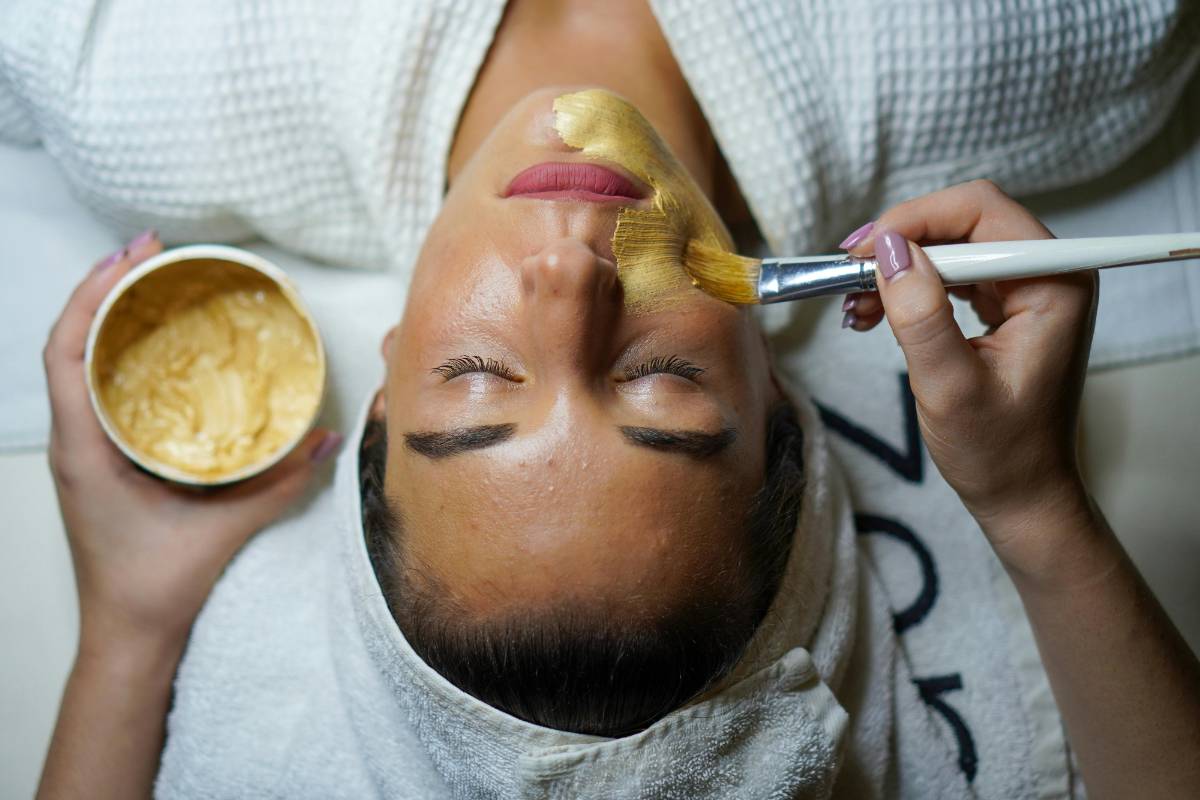
Luxury Skincare
24K Facials: The Ultimate Skincare Indulgence?
When it comes to luxury skincare, few treatments are as indulgent and eye-catching as the 24K gold facial. With its roots in ancient beauty rituals and a clientele that includes A-list celebrities, gold-infused facials have become the gold standard for opulent skincare.***1. What is a 24K Facial?A 24K facial involves applying pure gold leaf or gold-infused products to the skin. Gold is believed to stimulate collagen production, improve skin elasticity, and impart a radiant glow.The gold is usually combined with hyaluronic acid, peptides, or antioxidants to enhance absorption and effectiveness.***2. Origins of Gold in SkincareCleopatra was rumored to sleep in a gold mask to preserve her youthful beauty. Gold has been used in Ayurvedic and Chinese medicine for centuries due to its anti-inflammatory and rejuvenating properties.Modern skincare brands have adopted this ancient secret, turning it into a premium facial treatment.***3. The Science Behind the ShineGold nanoparticles are small enough to penetrate the skin barrier. Studies suggest they may improve blood circulation, reduce inflammation, and enhance the delivery of active ingredients.However, dermatologists argue that while gold has antioxidant potential, more clinical trials are needed to confirm long-term efficacy.***4. The Experience of a 24K FacialExpect a serene environment, luxury linens, and a multi-step process that includes cleansing, exfoliation, massage, and the application of gold-infused masks or sheets.The facial ends with a serum and moisturizer that lock in the gold’s glow, leaving your skin feeling pampered and luminous.***5. Celebrity EndorsementsFrom Victoria Beckham to Gigi Hadid, celebrities rave about the instant results of gold facials. Often a red-carpet prep choice, it promises tighter, dewy, camera-ready skin.High-end spas in Los Angeles, New York, and Dubai are known for offering this exclusive service.***6. Is it Worth the Price?A 24K facial can cost anywhere from $250 to over $1000, depending on the spa and treatment depth. While the glow is immediate, results may be temporary unless combined with consistent skincare.It's more of a luxury treat than a daily skincare necessity.***7. At-Home AlternativesBrands like Peter Thomas Roth, La Prairie, and Tatcha offer gold-infused masks and serums for home use. While less potent than spa treatments, they offer a taste of indulgence without the hefty price tag.Choose formulas with gold listed high on the ingredient list to ensure real benefits.***8. Potential Risks and ConsiderationsSome individuals may be allergic to gold or other metals used in the facial. Always patch-test new products and consult with a dermatologist if you have sensitive skin.Avoid treatments that use fake gold, as they may cause irritation or offer no benefit.***9. Luxury or Gimmick?The debate continues. While gold’s historical and symbolic appeal is undeniable, dermatologists recommend caution. Gold won’t replace retinoids or SPF, but it might enhance the sensory and hydration experience.As long as you're aware of the limits, a 24K facial can be a decadent escape from routine.***10. Who Should Try It?If you're preparing for a special occasion or simply want to pamper yourself, a 24K facial could be the golden ticket. It’s especially appealing to those who value the experience as much as the results.Great for dry, mature, or dull skin types looking for a quick, luminous boost.***Conclusion24K gold facials are the epitome of luxury skincare — rich in history, indulgence, and allure. While the science is still catching up to the sparkle, the treatment delivers an opulent experience that few others can match.Whether you're a skincare purist or a glam enthusiast, there's something undeniably magical about gilding your face in gold.
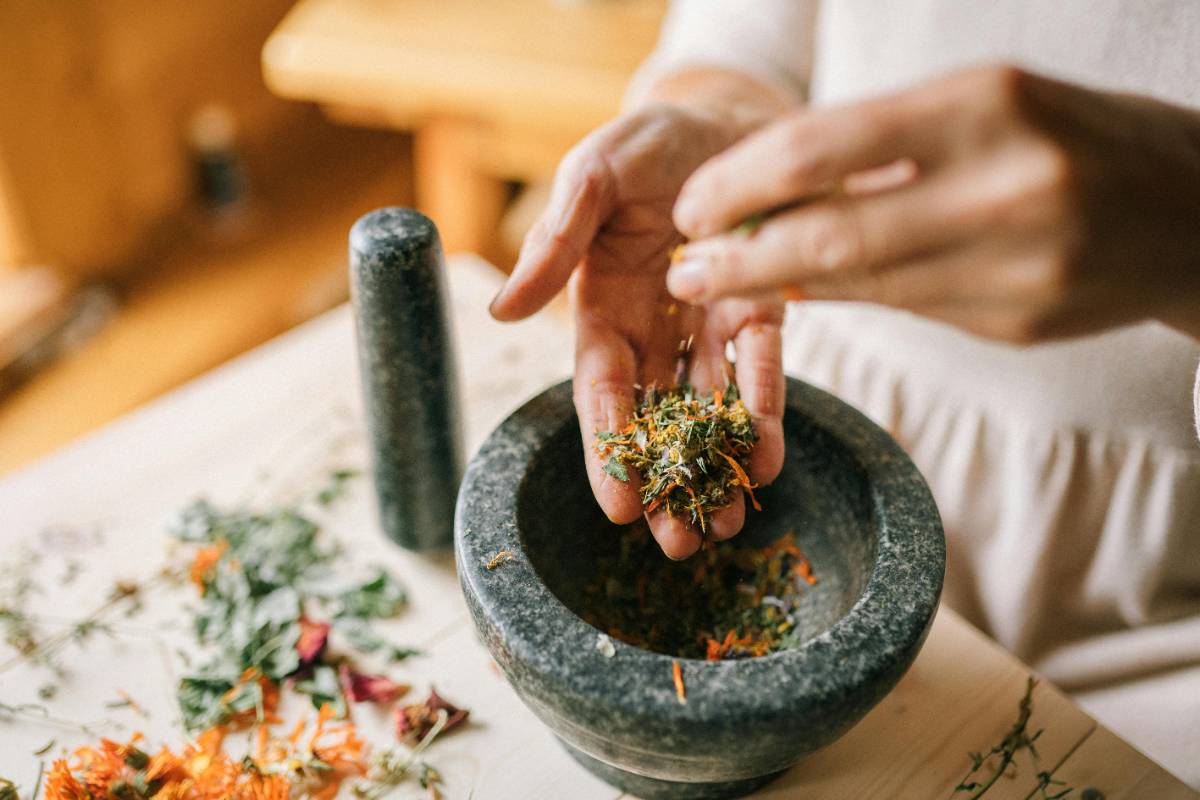
Wellness
Ayurveda to Aromatherapy: A Guide to Global Healing Rituals in Luxe Spas
In an era where luxury meets mindfulness, global healing rituals have become the centerpiece of upscale spa experiences. From ancient Ayurvedic practices in India to delicate French aromatherapy, the world of wellness has never felt more indulgent—or interconnected.***1. The Timeless Appeal of AyurvedaOriginating more than 5,000 years ago in India, Ayurveda emphasizes balance between the body, mind, and spirit. Luxe spas worldwide now offer personalized Ayurvedic therapies like Abhyanga (warm oil massage), Shirodhara (forehead oil streaming), and dosha-specific detox diets.***2. Aromatherapy: The European TouchAromatherapy, particularly popular in France and the UK, uses essential oils derived from herbs and flowers to stimulate relaxation and healing. In premium spas, therapists use lavender, rosemary, and neroli oils in synergy with light massage, creating a calming multisensory experience.***3. Japanese Onsen & Forest BathingIn Japan, healing often means immersing yourself in nature. Luxury resorts now incorporate "Shinrin-yoku" (forest bathing) and traditional Onsen hot springs into curated spa journeys. These offer detoxification, improved blood circulation, and profound mental clarity.***4. Turkish Hammams: A Communal RitualA staple of Middle Eastern wellness, the Turkish Hammam offers a ritualistic deep cleanse. In five-star resorts across Istanbul and Dubai, marble steam rooms and kessa mitt exfoliation sessions recreate the authentic, centuries-old traditions of rejuvenation.***5. Scandinavian HydrotherapyNordic spas, especially in Iceland and Sweden, emphasize cold plunges, steam baths, and saunas in structured cycles. This contrast therapy boosts circulation and strengthens immunity. High-end retreats often include ice-cold waterfalls and thermal lagoons as part of the hydro circuit.***6. Balinese Energy HealingRooted in spirituality, Balinese healing includes chakra balancing, crystal therapy, and reiki-style energy cleansing. Many resorts now partner with local healers to offer guests a deeply cultural and restorative experience amid jungle or coastal settings.***7. Moroccan Rhassoul RitualsThe use of Rhassoul clay in Moroccan traditions provides mineral-rich detoxification. Luxury hammams often follow a multistep approach: black soap cleansing, steam, clay application, and aromatherapeutic massage—leaving skin radiant and spirit revitalized.***8. Tailored Healing JourneysModern luxury spas don’t just offer treatments—they craft holistic healing journeys. Guests can curate their path with the help of wellness consultants, blending rituals like Ayurveda and aromatherapy into a multi-day immersive escape designed for restoration.***Conclusion: Cultural Wisdom in Modern ComfortAs wellness becomes more global and experiential, the marriage of age-old healing practices with luxurious amenities is redefining the spa landscape. The true essence of luxury now lies in honoring ancient wisdom while enveloping it in modern serenity.

Boutique
The Return of Personal Shoppers in Exclusive Boutiques
In a retail world driven by algorithms and automation, the personal shopper is making a refined comeback—especially in high-end boutiques. These style professionals offer curated guidance, human connection, and insider access, bringing back the elegance of tailored shopping experiences.***1. A Human Touch in a Digital AgeWhile AI tools and virtual assistants are useful, nothing replaces the nuance and intuition of a personal shopper. Boutique clients crave someone who understands not just their measurements—but their moods, aspirations, and evolving style narratives.***2. Deep Brand KnowledgePersonal shoppers are often brand insiders who know every piece of the collection—its fit, fabric, and story. This expertise allows them to guide clients through seasonal lines with confidence, ensuring each choice aligns with the shopper’s identity and needs.***3. Time-Saving LuxuryFor many high-end clients, time is the ultimate luxury. Personal shoppers pre-select items based on preferences, minimizing browsing and maximizing satisfaction. They create capsule wardrobes, prep outfits for events, and manage wardrobe transitions with precision.***4. Elevated In-Boutique ExperiencesExclusive boutiques now offer VIP styling lounges, private fitting rooms, and personalized refreshments. The personal shopper becomes both a stylist and a host—curating not just clothes but an environment of ease, elegance, and exclusivity.***5. Relationship-Driven ServiceUnlike one-off online purchases, personal shopping is built on long-term relationships. These professionals remember past purchases, lifestyle updates, and evolving tastes—building trust that transforms clients into loyal brand ambassadors.***6. Access to Limited and Pre-Launch CollectionsPersonal shoppers often provide first access to limited-edition pieces, exclusive previews, or even made-to-order designs. This level of access enhances the sense of rarity and prestige associated with boutique shopping.***7. Bespoke Styling for Unique OccasionsWhether it’s a destination wedding, high-profile event, or red-carpet appearance, personal shoppers excel in occasion-based curation. They blend fashion expertise with personal insight to create looks that are both appropriate and unforgettable.***8. Confidence and Clarity in Every PurchaseWith a personal shopper’s support, clients make fewer impulse buys and more strategic additions to their wardrobe. This thoughtful approach enhances confidence, reduces returns, and supports a more sustainable consumption mindset.***9. Style Education and EmpowermentToday’s personal shoppers also act as mentors—educating clients on fabric care, silhouette harmony, and seasonal trends. They empower customers to understand their own style, making boutique visits both luxurious and enlightening.***10. A Revival Rooted in IntimacyAs luxury returns to its roots—intimacy, craftsmanship, and personal attention—the role of the personal shopper is more relevant than ever. They are not just facilitators of fashion but custodians of experience, connection, and refined taste.***ConclusionThe return of personal shoppers marks a turning point in boutique culture. It’s a celebration of personalized service in an impersonal age—a reminder that true luxury lies not just in what we buy, but in how we’re guided to find it.
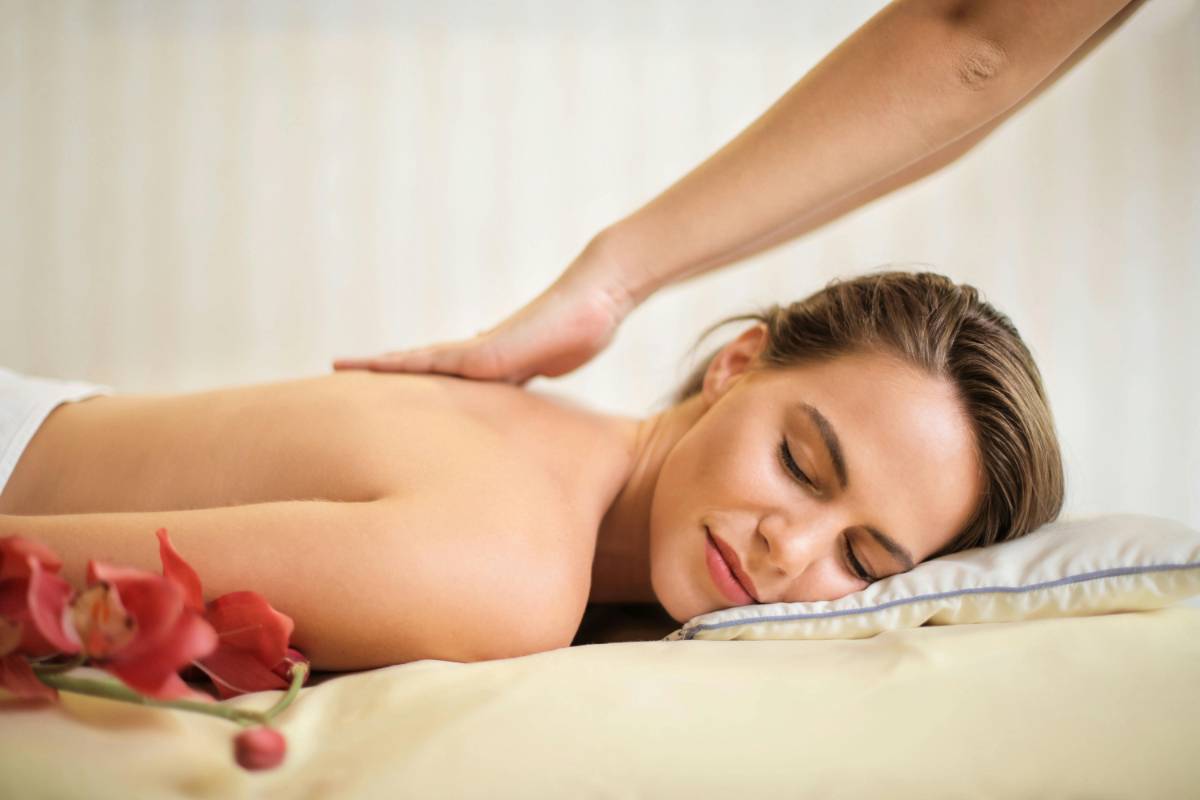
Wellness
Luxury Wellness Meets Technology: AI-Powered Skin & Sleep Diagnostics
Luxury wellness is entering a new frontier—one where advanced technology meets personal care. In 2025, AI-powered diagnostics are transforming how we understand our skin and sleep patterns, blending science with self-care in ways that are deeply personalized, hyper-effective, and undeniably luxurious.***1. The Rise of AI in SkincareSkin diagnostics are no longer confined to the dermatologist’s office. Luxury skincare brands are now offering AI-based tools that scan, analyze, and recommend routines tailored to individual needs. From moisture levels to pigmentation, these tools provide data-driven solutions that elevate skincare from guesswork to precision.***2. Boutique Beauty LabsExclusive boutiques from brands like La Mer, Sisley, and Dior are now equipped with in-house beauty diagnostics. Clients sit for facial scans that assess skin damage, hydration, elasticity, and even pollution impact—followed by curated regimens using premium formulations.***3. Personalized Sleep ProfilesLuxury wellness now extends beyond waking hours. AI-powered sleep diagnostics, embedded in boutique spa experiences or available as at-home devices, track REM cycles, breathing rhythms, and environmental factors. Brands like Eight Sleep and Dreem are partnering with wellness resorts to bring high-tech rest to high-end living.***4. Data-Driven Product RecommendationsGone are the days of trial and error. With AI assessments, brands can recommend serums, masks, and treatments based on real-time skin conditions. SkinCeuticals and Shiseido are leading the way, using neural networks to decode skin behavior and deliver exact-fit solutions.***5. Smart Mirrors & Diagnostic DevicesIn many luxury boutiques, smart mirrors now function as diagnostic tools. They scan skin in seconds, highlight problem areas, and sync with mobile apps for ongoing tracking. These mirrors combine sleek design with powerful tech—making wellness both stylish and scientific.***6. Boutique Sleep SanctuariesBoutiques in wellness-forward hotels and spas are creating dedicated sleep sanctuaries. Using AI-powered mattresses, light therapy systems, and ambient sound control, these spaces offer hyper-customized environments that optimize restorative sleep based on user data.***7. Combining AI with Human ExpertiseWhile machines do the analysis, luxury wellness still values the human touch. AI diagnostics are paired with expert consultants—dermatologists, aestheticians, and sleep coaches—to interpret data and offer empathetic, intelligent guidance.***8. Wellness Membership ModelsSome high-end boutiques are offering AI-based diagnostics as part of exclusive memberships. Monthly facial scans, sleep reports, and one-on-one consultations help clients stay ahead of aging, stress, and environmental wear—turning wellness into an ongoing, elite journey.***9. Privacy, Ethics & ExclusivityWith tech comes responsibility. Luxury brands are ensuring data is securely stored and ethically used, often within closed-loop systems accessible only to the client and advisor. This commitment to privacy reinforces exclusivity and trust—cornerstones of luxury.***10. The Future of Personalized WellbeingAI is not replacing wellness rituals—it’s refining them. By delivering hyper-individual insights, it enhances product efficacy, supports mindful routines, and creates a deeper sense of control. The result? A new era of intelligent indulgence, where every decision is informed by data and elevated by design.***ConclusionThe intersection of AI and luxury wellness is not just a trend—it’s the next evolution. As skincare and sleep diagnostics become smarter, more precise, and more personal, they transform wellness into an experience of empowerment, sophistication, and true self-knowledge.

